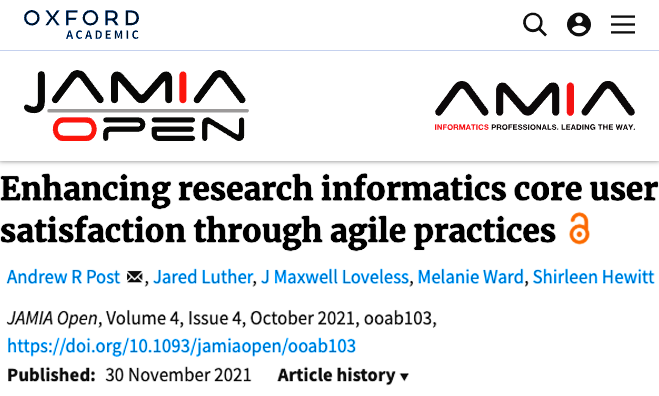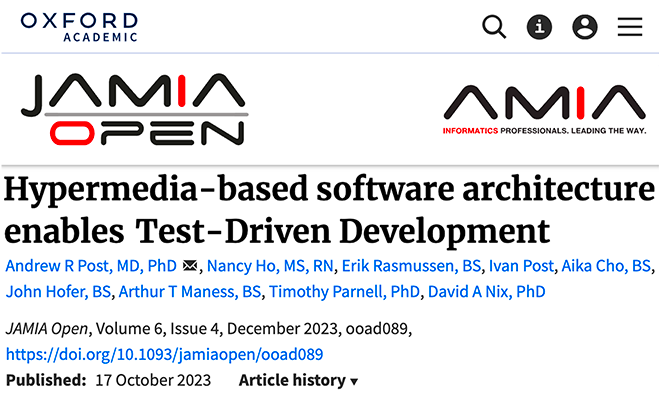- Welcome
- Introduction
- How to Pages
-
Window and Field Descriptions
- Saved Queries Window
- Add Criteria Window
- Demographics Criteria
- Health Districts
- Last Known Residence
- Alive/Dead
- Pedigree Quality
- Birth Details Criteria
- Diagnosis Criteria
- Diagnosis Criteria Applied to the Utah Cancer Registry
- Diagnosis Criteria Applied to Utah Inpatient Claims and Death Certificates
- Diagnosis Classification
- Procedure Criteria
- Relationship Criteria
- Cohort Builder Window
- Totals Window
- Queries and Aggregation
- Select Grouping Criteria For Results Window
- Birth Order
- Examine Relationships Window
- Relationships
-
Common Error Messages
- Login failed. Please check your user ID and password and try again
- Please fix errors (red) before continuing
- Please select the aggregation criteria you would like to delete
- Please select the aggregation criteria you would like to move
- Please select the criteria you would like to delete
- Please select the query you would like to delete
- Registration Successful
- Server Error Request
- This will delete the selected criteria and all sub-criteria. Continue?
- You have agreed to adhere to the rules set forth in the Data Use Agreement
- You must choose at least one criteria to aggregate by, before running your query.
- You must select at least one criteria to aggregate by.
- Your cohort contains # individuals.
- Your selection did not include any criteria that would limit your cohort.
- Miscellaneous
UPDB Population: Composed of 14 million records from genealogies, Utah vital records (births, marriages, divorces, and deaths), cancer records, Utah inpatient hospital discharge records and driver licenses. These records are linked together forming about 7 million unique individuals. These population records may be queried on general demographic criteria such as age, gender, and geography. Three data sets can be queried using diagnosis information.

Death Certificates: Composed of over 700,000 records beginning in 1904. Only records from 1968 to present can be queried. This record set receives annual updates from the Utah Department of Health. Before 1980 the Vital Records provided one underlying cause of death. Beginning in 1980, they provide two for selected causes (about 10-18%), beginning in 1989 they may include 3 secondary causes, and beginning in 1999 they may include 9 secondary causes. The records may be queried by ICD8 (1968-1978), ICD9 (1979-1998) and ICD10 (1999-present) codes for primary and secondary causes of death. A cross walk has been created between these versions of ICD to simplify the query request.
Birth Certificates: Composed of over 2.4 million records beginning in the 1940's. Presently only records from 1978 to present can be queried. This record set receives annual updates from the Utah Department of Health. Before 1989 the Vital Records coded the text written on the birth certificates in the space available for complications of pregnancy, concurrent illness or conditions affecting the pregnancy, and congenital malformations to ICD 9 codes. Beginning in 1989, the format of the birth certificate was modified so that Medical Risk Factors for this pregnancy, complications of labor/and or delivery, abnormal conditions of the newborn and congenital anomalies of the child were check boxes with pre-specified conditions. Some of the conditions had optional areas to specify additional information. A cross walk has been created between these versions of to simplify the query request. The pre-specified conditions have been mapped to ICD codes or ICD code ranges. The records may be queried by the pre-specified conditions in check box format. Additional information that was text only is not available for querying.
Cancer records: The Utah Cancer Registry (UCR) is a statewide, population-based registry containing diagnoses since 1966 and has been a member of the National Cancer Institute's SEER Program since 1973. The UCR tracks incident cases of cancer diagnosed and/or treated in Utah. The UCR provides annual updates of invasive and in situ cancer cases to UPDB. These records are submitted to UPDB with ICDO codes, histology codes and SEER recodes; the ICDO codes and SEER recodes are available to query (histology codes are not available to query).
ICDO codes represent the primary site of the cancer and not metastatic disease thus ICD9 cancer codes on Inpatient records and ICD8/9/10 cancer codes death certificates may indicate other cancer sites.
For more information about Utah Cancer Registry see: http://ucr.utah.edu/index.htm
Inpatient Records: Composed of over 3 million Utah hospital claims records beginning in 1996. These records receive annual updates from the Utah Department of Health. They include a principal diagnosis, up to 8 other diagnosis codes, and one external injury E-code. They also include a principle procedure code and up to 8 other procedure codes. Inpatient data may be queried by the principle and secondary ICD9 coded diagnoses and procedures.




